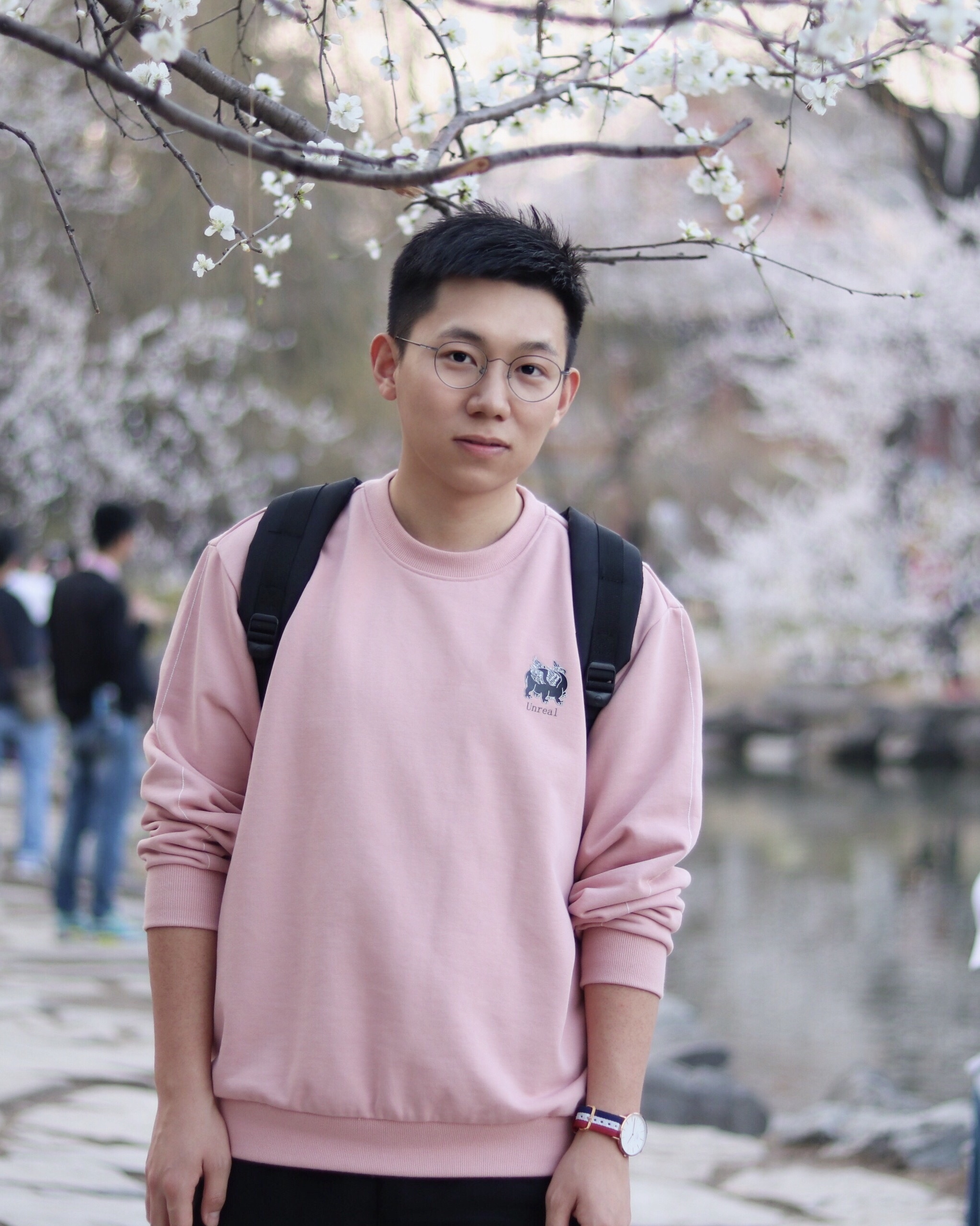Anatomizing Deep Learning Inference in Web Browsers
Abstract
References
Index Terms
- Anatomizing Deep Learning Inference in Web Browsers
Recommendations
Moving Deep Learning into Web Browser: How Far Can We Go?
WWW '19: The World Wide Web ConferenceRecently, several JavaScript-based deep learning frameworks have emerged, making it possible to perform deep learning tasks directly in browsers. However, little is known on what and how well we can do with these frameworks for deep learning in ...
Better security and privacy for web browsers: a survey of techniques, and a new implementation
FAST'11: Proceedings of the 8th international conference on Formal Aspects of Security and TrustThe web browser is one of the most security critical software components today. It is used to interact with a variety of important applications and services, including social networking services, e-mail services, and e-commerce and e-health ...
The visible Web browser
As an aid to the study of the World-Wide Web, we have developed a software application that allows a user to observe the messages passed between a Web browser and a Web server. The application is based on the Mozilla Web Browser, and displays the HTTP ...
Comments
Information & Contributors
Information
Published In

Publisher
Association for Computing Machinery
New York, NY, United States
Publication History
Check for updates
Author Tags
Qualifiers
- Research-article
Funding Sources
- National Natural Science Foundation of China
Contributors
Other Metrics
Bibliometrics & Citations
Bibliometrics
Article Metrics
- 0Total Citations
- 367Total Downloads
- Downloads (Last 12 months)367
- Downloads (Last 6 weeks)118
Other Metrics
Citations
View Options
View options
View or Download as a PDF file.
PDFeReader
View online with eReader.
eReaderFull Text
View this article in Full Text.
Full TextLogin options
Check if you have access through your login credentials or your institution to get full access on this article.
Sign in

